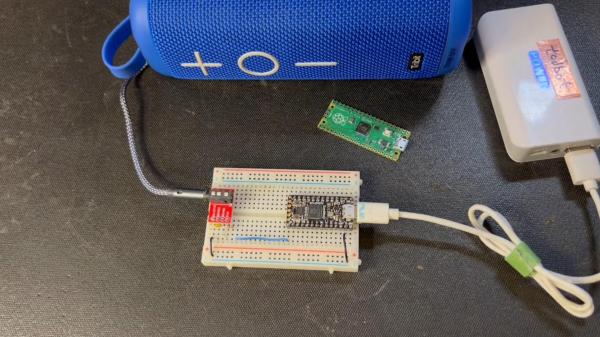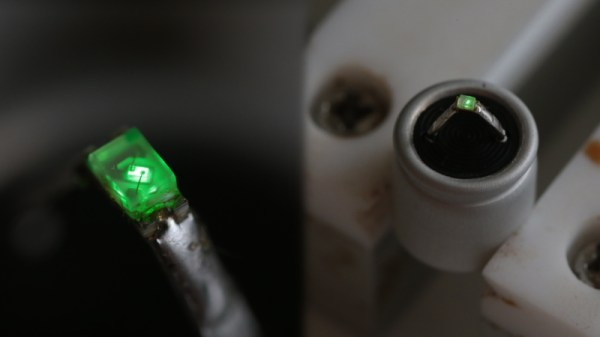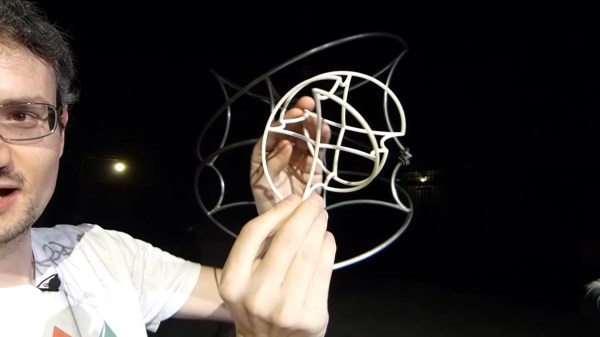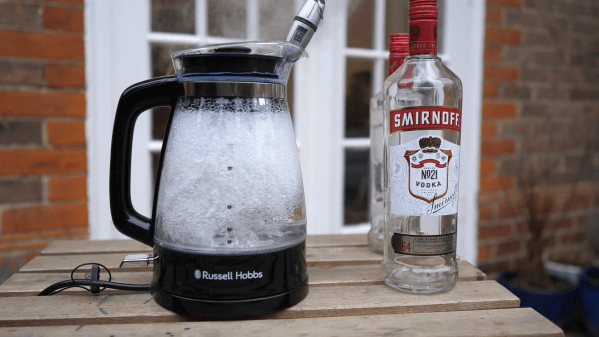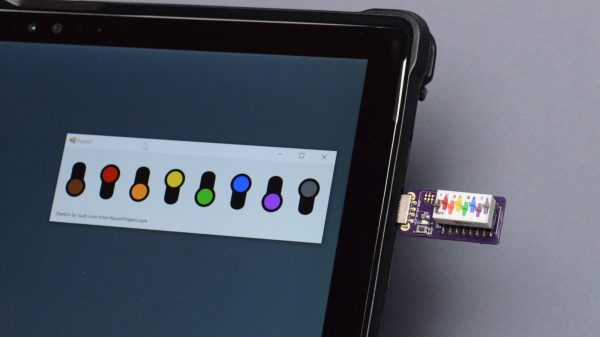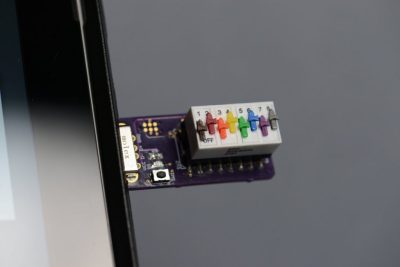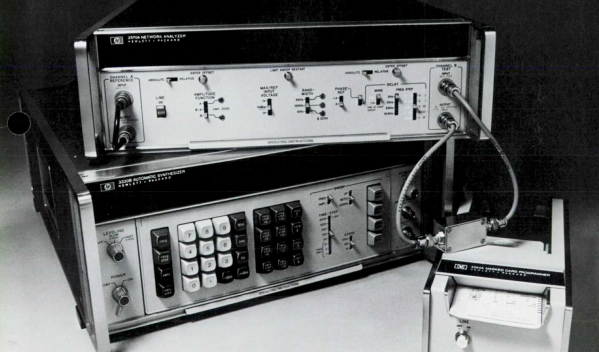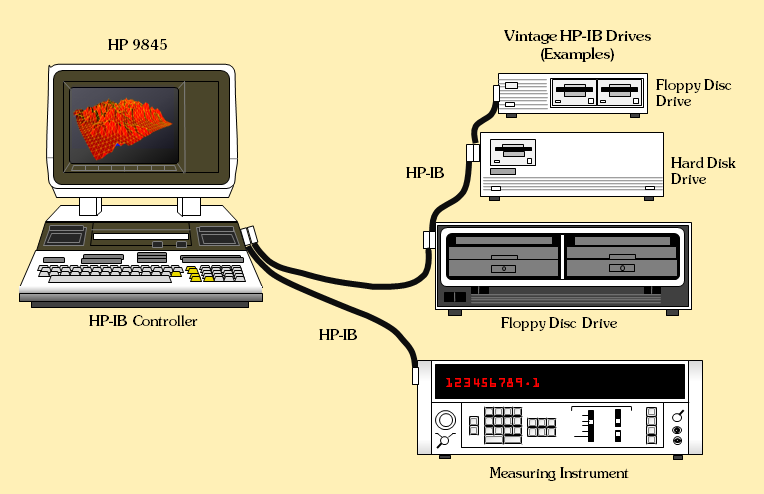The average home kettle is set up to switch off automatically when water reaches its boiling point. But would a kettle filled with alcohol, which has a significantly lower boiling point, actually turn off? [Steve Mould] set out to find out.
The prediction was that a kettle full of 40% strength vodka would boil dry, as the vodka would evaporate before it actually got to a hot enough temperature to cause the kettle’s cutout mechanism to kick in. The experiment was done outside to minimise the dangers from the ethanol vapor. As it turns out, the vapor from the boiling vodka is about 80% ethanol and just 20% water, so eventually the mixture left in the kettle is mostly water and it boils hot enough to trigger the cutout mechanism.
However, the experiment doesn’t end there. Trying again with 99% ethanol, when the fluid started boiling, the kettle switched off even more quickly. So what’s going on?
The kettle in question uses a bimetallic strip, which trips the switch off in the base of the kettle when it gets too hot. There’s also a tube inside the kettle that carries vapor from the internal cavity and lets it pass over the bimetallic strip. When the liquid inside the kettle boils, it forces hot vapor through the tube, out of the kettle and over the bimetallic strip.
This strip triggers at a temperature significantly lower than the boiling point of water; indeed, as long as the liquid in the kettle is fairly hot and is boiling enough to force vapor out the tube, the kettle will switch off. [Steve] points out that it’s a good mechanism, as this mechanism allows the kettle to respond to boiling itself, rather than the arbitrary 100 C point which water technically only boils at when one is at sea level.
It’s an interesting look at a safety system baked into something many of us use every day without even thinking. It’s not the first time we’ve seen [Steve] dive deep into the world of tea-making apparatus, either. Video after the break.
Continue reading “Will A Kettle Filled With Alcohol Boil Dry?” →

